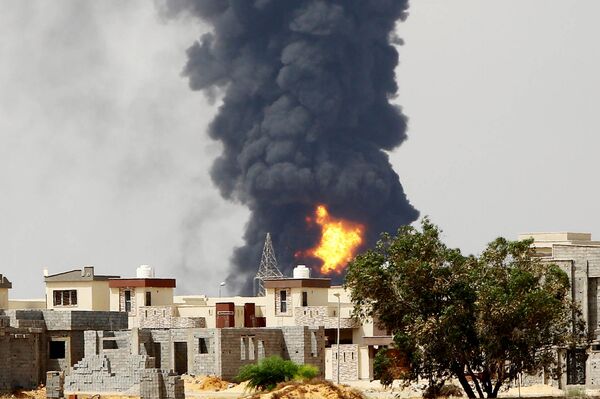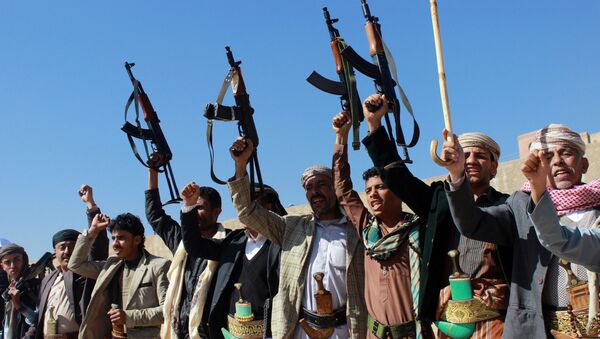"Today the Middle East is less stable, and less hopeful, than it was before the Arab Spring. Five years ago, the denim-clad, smartphone-wielding Arab liberal became the region's avatar. Now the knife-wielding jihadist and the refugee have risen to prominence instead," Sohrab Ahmari asserted in an article titled "The End of the Arab Spring Dream."
Tunisia, where it all began in December 2010, is hailed as the only success story, Ahmari noted in an opinion piece for the Wall Street Journal. The country, governed by the newly-adopted secular constitution, has seen several democratic transitions of power.
Yet, "the birthplace of the Arab Spring is also the world's top exporter of fighters for Islamic State," as Daesh is also often referred to.

Yemen and Libya are engulfed in a bitter civil war, which shows no signs of abating. Several attempts to launch peace talks in these countries have so far failed to bring about any positive and much-needed change.
The recently-adopted UN Security Council on Syria provides a framework and a timeframe to resolve the months-long conflict, which has claimed the lives of 250,000 people and displaced millions. But this complicated process has only begun.

"How did dreams turn into nightmares?" Ahmari asked. "Secular Arab nationalism had already exhausted its energies by the time Mr. Mubarak and colleagues were overthrown. But as the rise of ISIS shows, Islamism represents a longer historical wave only beginning to crest."
For that reason, toppling regimes in the Middle East could not have diminished the appeal of radical Islam.
In the end, "disorganized urban liberalism," as Ahmari called it, could not offer a viable alternative to "the politics of tribe" or Islamism.



